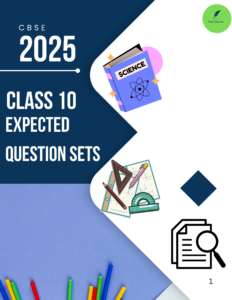In today’s fast-paced world, traditional teaching methods are being challenged by innovative approaches that promote active learning. Activity-based learning has emerged as a game-changer, offering students a more engaging and effective way to acquire knowledge and develop essential skills. In this blog post, we will explore the concept of activity-based learning, its benefits, and how educators can integrate it into their classrooms for optimal results. Get ready to embark on a journey that will revolutionize your understanding of education!
- Understanding Activity-Based Learning:
Activity-based learning is an educational approach that emphasizes hands-on experiences, problem-solving, and active participation. It moves away from the passive role of students as mere receivers of information and instead encourages them to become active contributors in their own learning process. By engaging in practical activities, discussions, and collaborative projects, students gain a deeper understanding of the subject matter while honing critical thinking, creativity, and communication skills.
- The Benefits of Activity-Based Learning:
a) Enhanced Engagement: Activity-based learning captures students’ attention and motivates them to actively participate in the learning process. This heightened engagement leads to better knowledge retention and a more profound understanding of the concepts being taught.
b) Improved Critical Thinking: By actively solving problems, making decisions, and applying knowledge to real-life scenarios, students develop critical thinking skills that are vital for their academic success and future careers.
c) Fostered Creativity: Activity-based learning nurtures creativity by providing students with opportunities to explore, experiment, and think outside the box. It encourages them to come up with innovative solutions, fostering a sense of curiosity and exploration.
d) Collaboration and Communication Skills: Through group activities and projects, activity-based learning promotes collaboration and effective communication among students. These skills are essential for success in both personal and professional life.
e) Real-World Relevance: Activity-based learning connects theoretical knowledge with practical applications, enabling students to see the real-world relevance of what they learn. This approach helps bridge the gap between academic concepts and their practical implementation.
- Integrating Activity-Based Learning into the Classroom:
a) Design Engaging Activities: Teachers should design activities that are challenging, relevant, and promote active participation. These activities can include experiments, role-plays, case studies, debates, and project-based assignments.
b) Encourage Discussion and Debate: Facilitating meaningful discussions and debates among students encourages critical thinking, helps them articulate their thoughts, and builds their communication skills. Teachers can serve as facilitators and guide the discussions to ensure they stay focused and productive.
c) Embrace Technology: Incorporating educational technology tools and resources can enhance activity-based learning. Interactive simulations, virtual reality experiences, and online collaboration platforms can provide students with immersive and engaging learning experiences.
d) Assess Progress and Provide Feedback: The assessment should focus on evaluating students’ understanding of concepts and their ability to apply knowledge in practical situations. Teachers should provide timely feedback that highlights areas of improvement and encourages further exploration.
Conclusion:
Activity-based learning has the power to transform traditional classrooms into dynamic hubs of knowledge and creativity. By shifting the focus from passive learning to active engagement, this approach nurtures critical thinking, creativity, collaboration, and communication skills in students. As educators, it is our responsibility to embrace this innovative method and unlock its potential to create a vibrant and effective learning environment. Let’s embark on this educational revolution together, inspiring the next generation to become lifelong learners and problem solvers.



